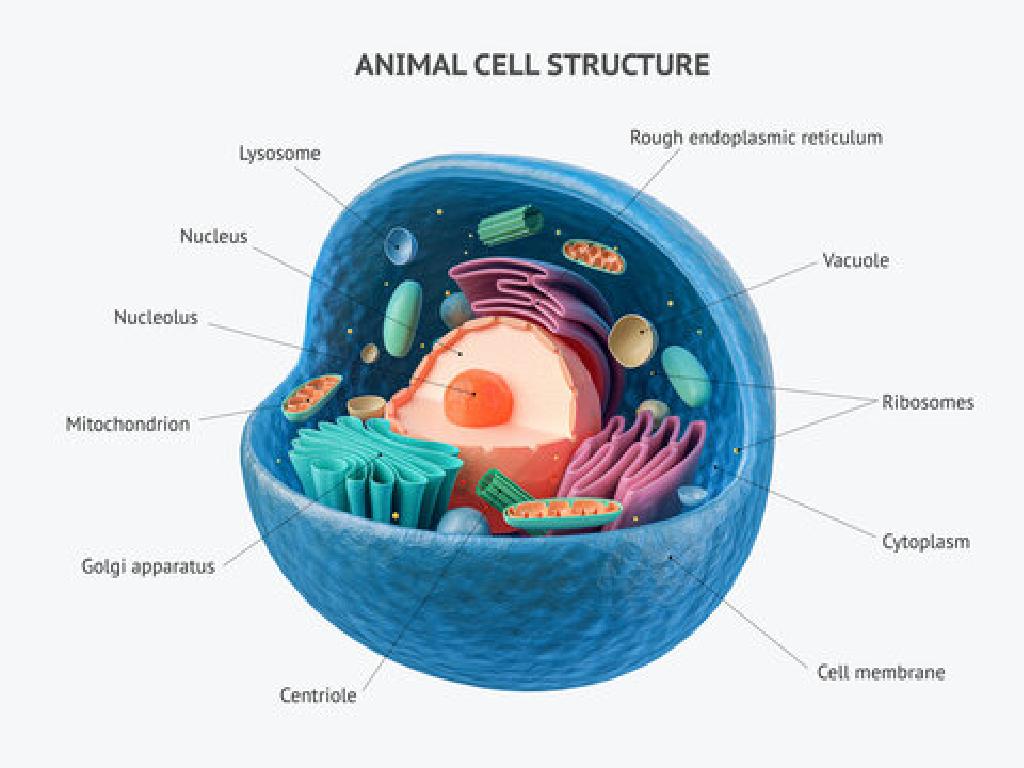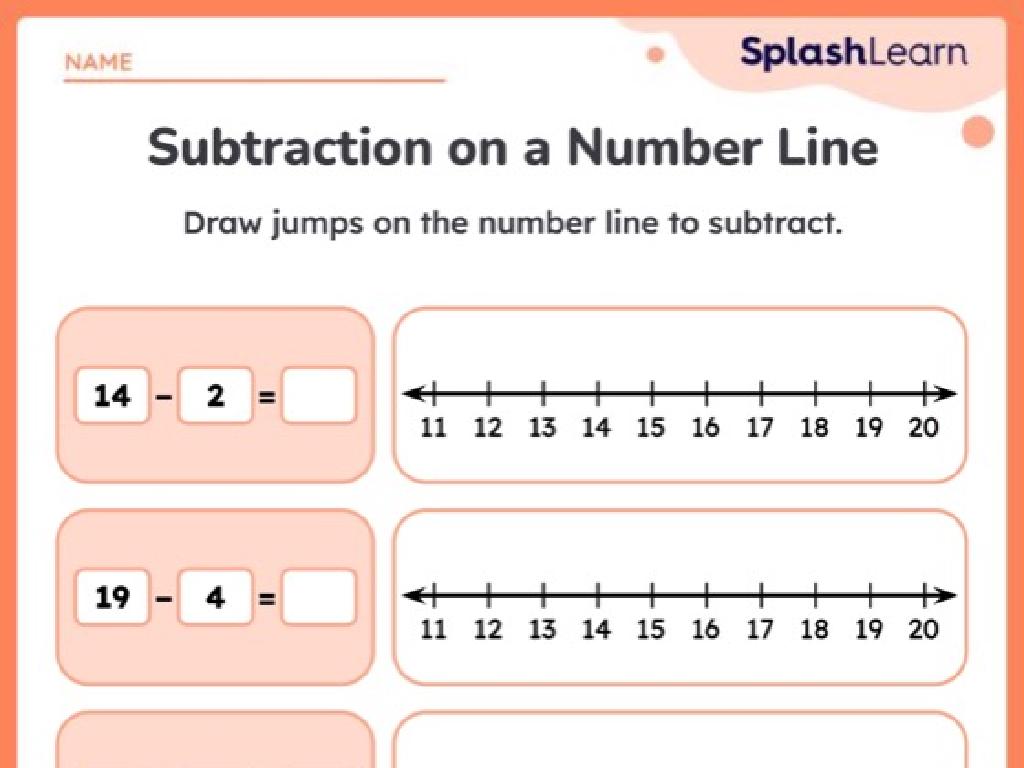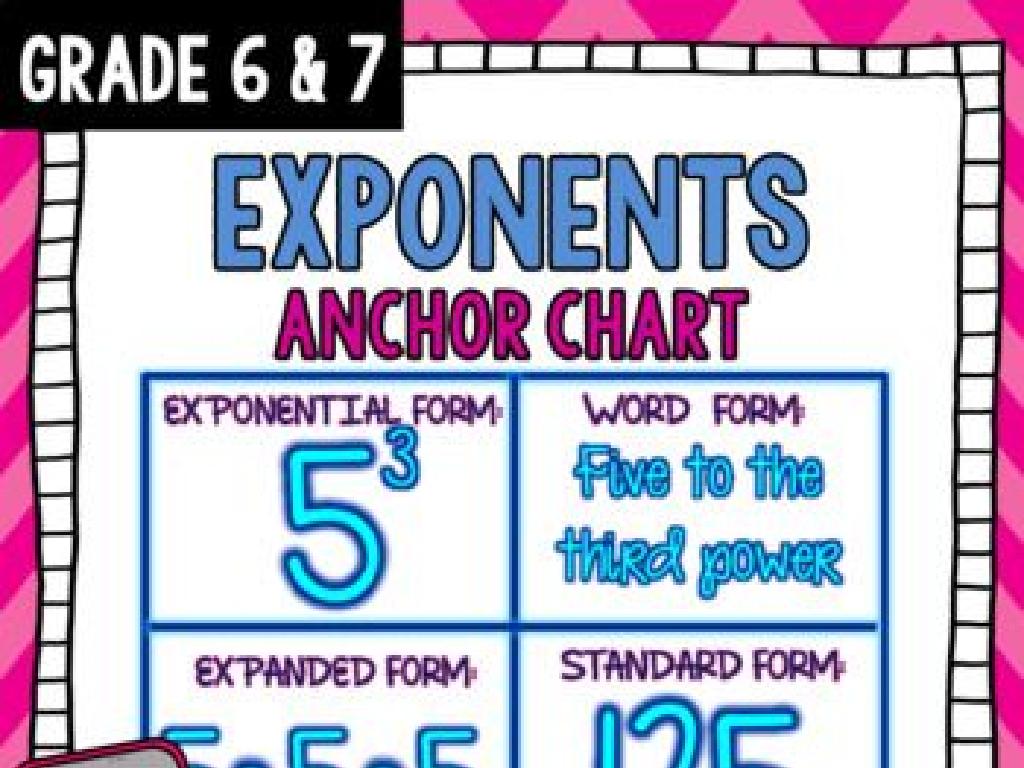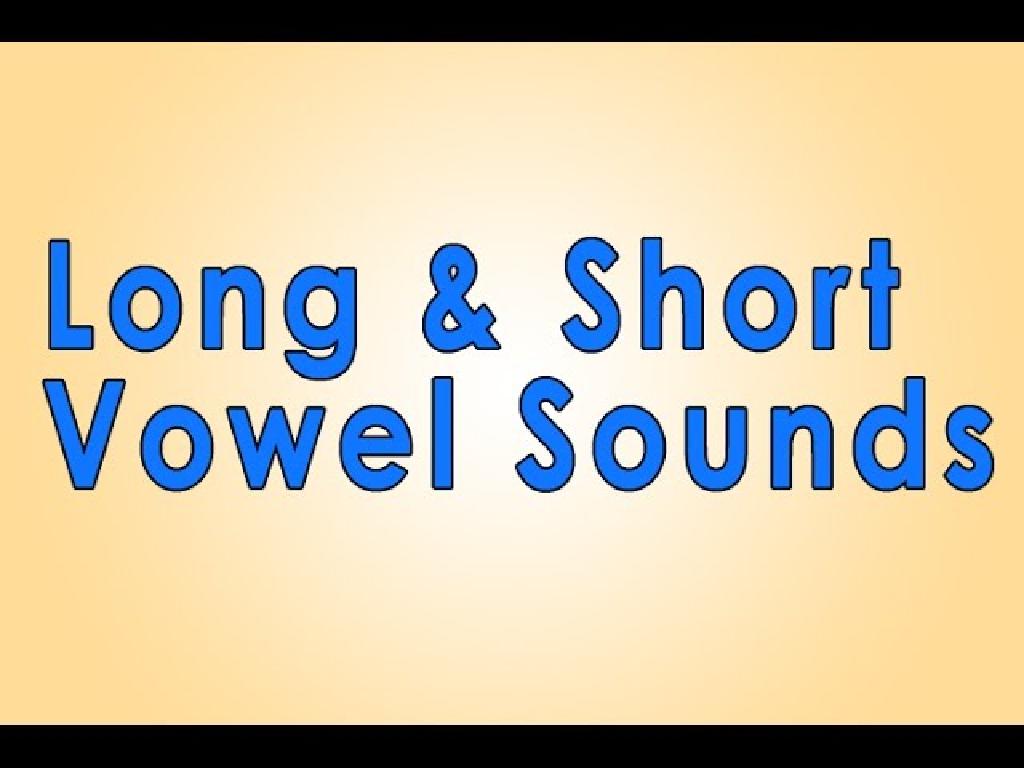Abbreviate Mass And Volume Units
Subject: Science
Grade: First grade
Topic: Units And Measurement
Please LOG IN to download the presentation. Access is available to registered users only.
View More Content
Learning About Measurement
– Measuring size and weight
– Measuring how much of something
– Using units like pounds and gallons
– Pounds (lbs) for weight, gallons (gal) for liquid
– Abbreviations: lbs, gal, oz, and more
– Short forms for units make them easy to write
|
This slide introduces first graders to the concept of measurement, which is a way to find out how big, heavy, or much there is of something. Explain that we use different units to measure different things: pounds for weight, gallons for liquids, and so on. Emphasize the importance of using the correct unit for what they are measuring. Introduce the abbreviations for these units, such as lbs for pounds and gal for gallons, explaining that these are shorter ways to write the units that scientists and we use all the time. Make sure to use examples relevant to their daily life, like weighing fruits or measuring water for plants, to make the concept more relatable and easier to understand.
Understanding Mass in Science
– Mass: How heavy is it?
– Mass measures how much stuff is in something.
– Common units: lb and oz
– Pounds (lb) for heavier items, ounces (oz) for lighter ones.
– Weighing classroom objects
– Let’s use a scale to measure things like books and pencils!
|
This slide introduces the concept of mass to first graders by explaining it in simple terms as ‘how heavy something is.’ Use relatable examples like backpacks or lunchboxes to illustrate the idea of weight. Explain that different things have different weights and we measure this using units like pounds and ounces. During the class, engage students in a hands-on activity where they can weigh different classroom objects using a scale. This will help them understand the concept of mass and how to measure it. Make sure to have a variety of objects available for the activity to show how different items have different masses.
Learning About Volume
– Volume: space something fills
– Common volume units: gal, qt, pt, c
– Gallons, quarts, pints, and cups are used
– Measuring water activity
– We’ll use cups to see how much water they can hold!
|
This slide introduces the concept of volume to first graders, explaining that volume measures how much space something occupies. Use everyday examples like a water bottle or a milk jug to illustrate the idea of volume. Highlight the common units of volume measurement such as gallons, quarts, pints, and cups. For the class activity, prepare different sized cups and containers filled with water to demonstrate how volume is measured. This hands-on activity will help students visualize and understand the concept of volume. Make sure to supervise the activity to prevent spills and ensure a fun learning experience for the students.
Short Forms for Mass and Volume
– Short forms for units
– ‘lb’ for pound, ‘oz’ for ounce
– Like 5lb of potatoes or 8oz of cheese
– ‘gal’ for gallon, ‘qt’ for quart
– Milk might come in 1gal or 2qt containers
– Matching game with short forms
– We’ll match items like a bag of apples to ‘lb’ or a bottle of juice to ‘gal’
|
This slide introduces students to the abbreviations for common units of mass and volume. Explain that using short forms makes writing and reading measurements easier. Provide examples of everyday items and their measurements using these abbreviations. For instance, a bag of apples might be labeled with ‘lb’ for pounds, while a bottle of juice might use ‘gal’ for gallons. Engage the class with a matching activity where they connect objects to their correct abbreviated units. This interactive approach helps reinforce their understanding of the concept. Make sure to have real-life examples or images of items with their measurements for the activity.
Let’s Practice: Matching Units
– Match objects with correct units
– Learn abbreviations for units
– Units like pound (lb) and ounce (oz) tell us how heavy something is.
– Practice using ‘lb’, ‘oz’, ‘gal’, ‘qt’, ‘pt’, ‘c’
– Gallon (gal), quart (qt), pint (pt), and cup (c) measure how much space something takes.
– Remember, practice is key!
|
This slide is for a class activity where students will engage in a hands-on matching exercise. They will match everyday objects to their appropriate mass and volume units. Provide a variety of objects and containers for students to explore and match with units like pounds (lb), ounces (oz) for weight, and gallons (gal), quarts (qt), pints (pt), and cups (c) for volume. Encourage them to use the abbreviations for these units. The activity should reinforce their understanding of mass and volume measurement and the importance of using the correct units. Offer guidance and ensure they understand that practice will help them remember these units better. Prepare to assist students who may struggle and offer praise as they grasp the concepts.
Class Activity: Measuring Fun!
– Break into small groups
– Measure classroom items
– Use learned abbreviations
– Abbreviations like g for grams, ml for milliliters
– Create a chart of measurements
|
This activity is designed to help students apply their knowledge of mass and volume abbreviations in a practical setting. Divide the class into small groups, ensuring each group has a mix of abilities. Provide a variety of items for the students to measure, such as a box of crayons, a water bottle, or a stack of books. Give them tools like rulers, scales, and measuring cups. After measuring, guide them to report their findings using abbreviations like grams (g), milliliters (ml), and others as appropriate. Finally, assist each group in creating a chart to display their measurements. This will help them visualize and better understand the concept of measurement. Encourage the students to discuss why different items might require different units of measurement.
Measurement Masters: Mass & Volume
– Congratulations on learning mass & volume!
– Mastered abbreviations: lb, oz, gal, qt, pt, c
– lb is for pounds, oz is for ounces, gal is for gallons
– You’re now Measurement Experts!
– qt is for quarts, pt is for pints, c stands for cups
– Keep practicing your new skills
|
This slide is a celebration of the students’ achievement in learning about mass and volume units. It’s important to reinforce their understanding of the abbreviations for pounds (lb), ounces (oz), gallons (gal), quarts (qt), pints (pt), and cups (c). Remind them that these are commonly used in cooking, shopping, and many other everyday situations. Encourage the students to practice using these abbreviations at home, perhaps while helping in the kitchen or during grocery shopping with their parents. This will help solidify their understanding and make them more confident in using these units of measurement in real-life situations.





